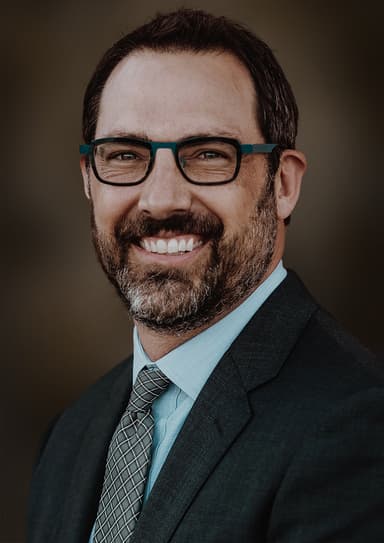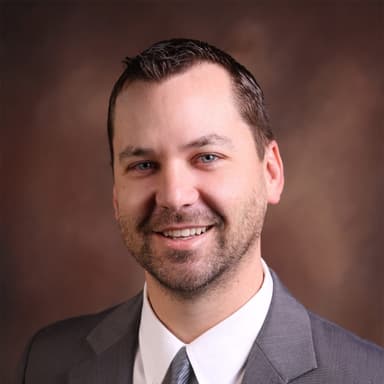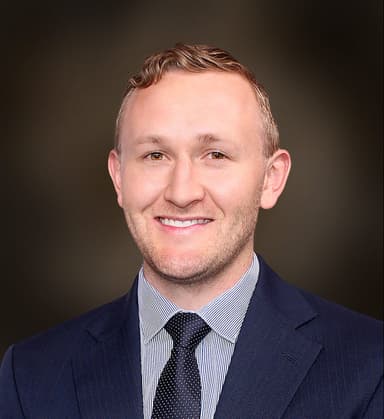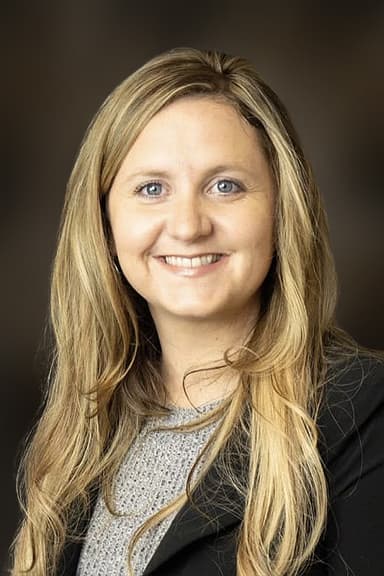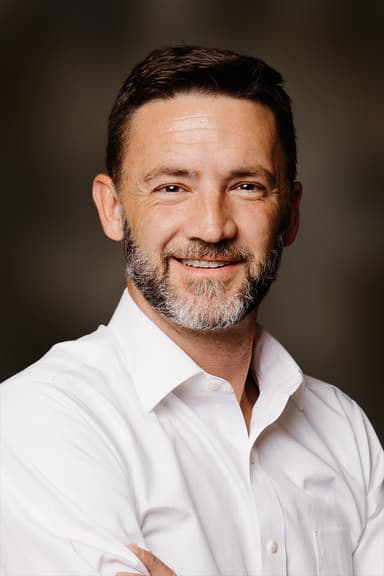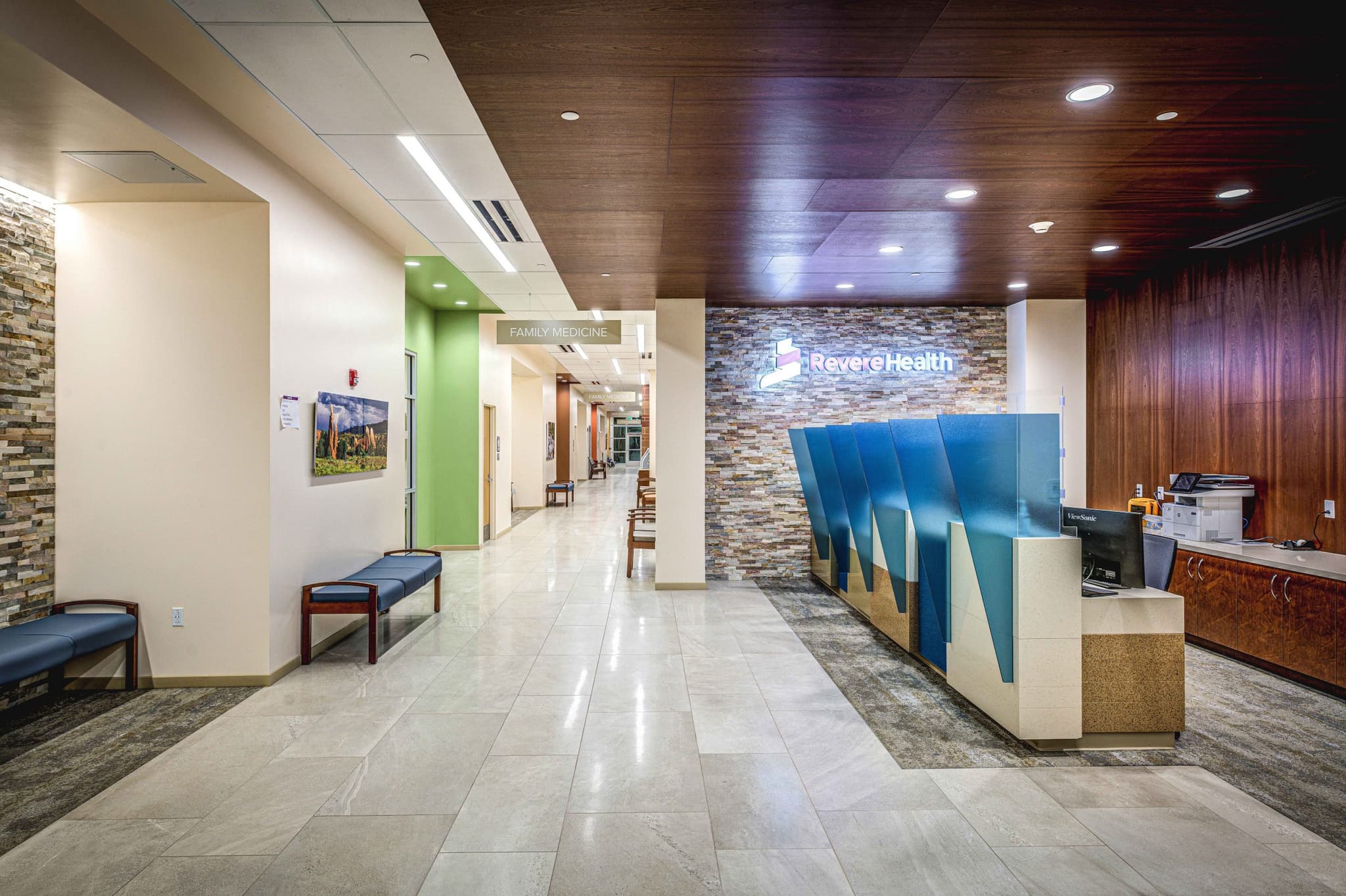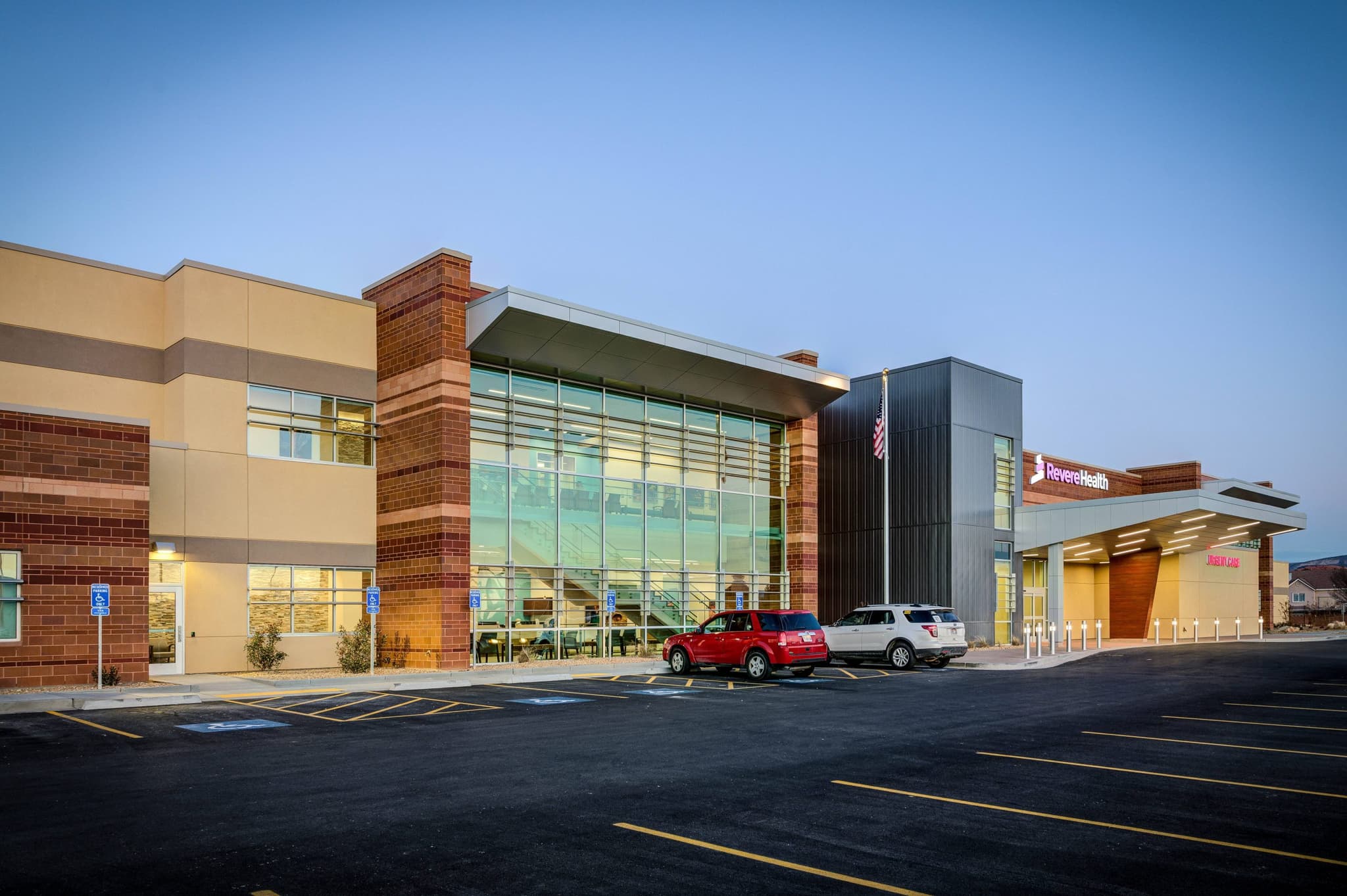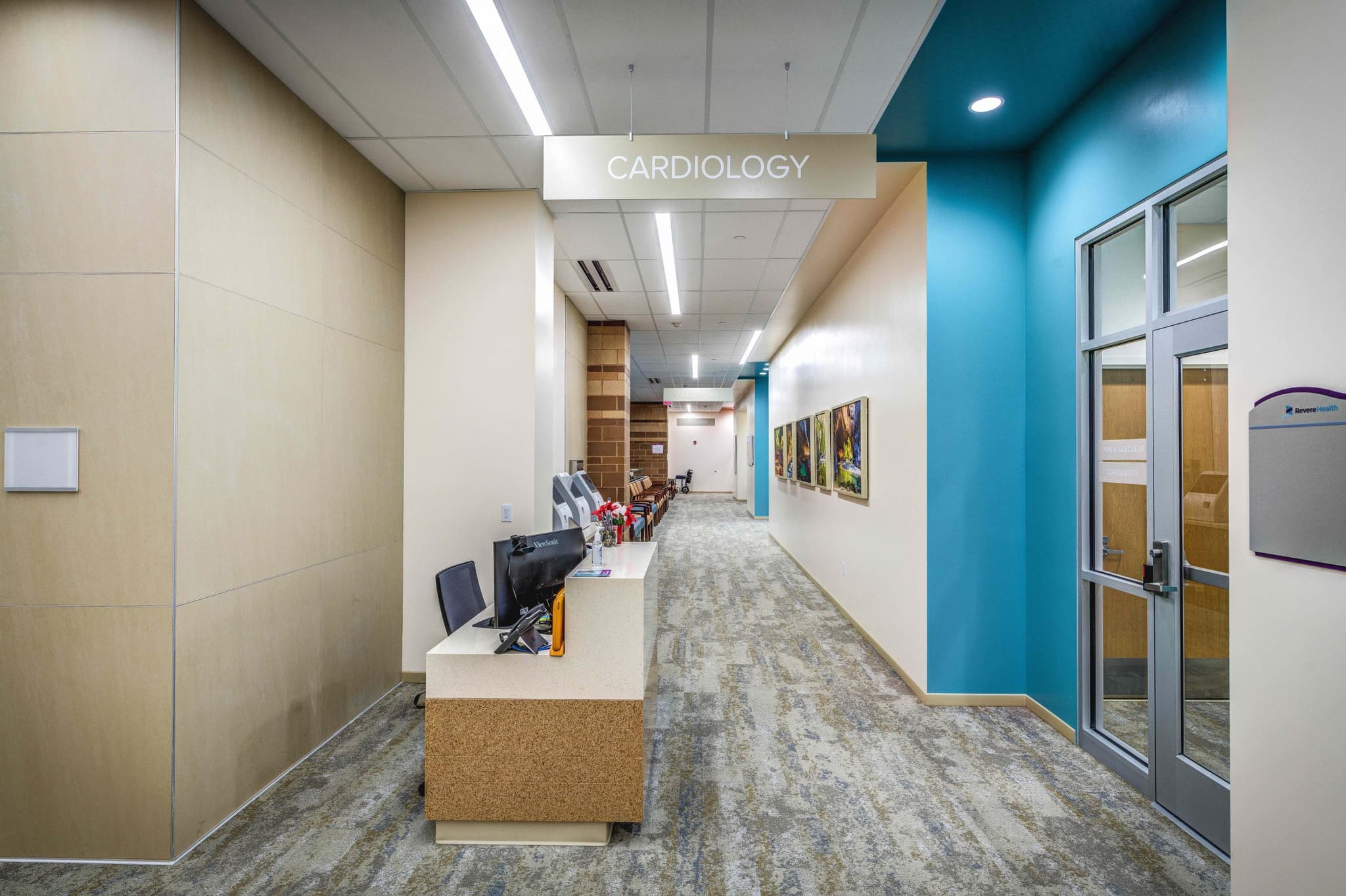Heart of Dixie St. George Cardiology
As one of the largest groups of cardiologists in St. George, Revere Health Heart of Dixie Cardiology offers a comprehensive range of treatments and services to Southern Utah residents. Our board-certified cardiologists in St. George, Utah take the time to help patients fully understand their cardiovascular care options. We aim to provide comprehensive, high-quality, and cost-effective treatment for all heart-related conditions. We hold ourselves to the highest standards of excellence in patient care. Call us today or ask your primary care provider for a consultation. If you are experiencing a heart attack, call 911 immediately.

Information Cards
Phone: (435) 215-0400
Fax: (435) 215-0401Monday - Friday:
8:30 a.m. - 5:00 p.m.See patient education
resources below ↓
Providers
Services
Echocardiography
Learn About EchocardiographyUltrasound waves are used to examine the functionality of the heart and diagnose heart diseases and disorders.
Stress Echocardiography
Learn About Stress EchocardiographyA procedure measuring heartbeat and blood pressure while exercising to determine the health of the heart and blood vessels.
Nuclear Stress Testing
Learn About Nuclear Stress TestingRadioactive tracers are used to image the heart at rest and after a stress test. The images are used to diagnose heart disease.
Carotid Ultrasound
Learn About Carotid UltrasoundImaging test that uses sound waves to create pictures of the inside of the carotid arteries and identify complications.
Abdominal Aortic Ultrasound
Learn About Abdominal Aortic UltrasoundImaging test that uses sound waves to create pictures of the aorta and evaluate the abdominal structures.
Exercise Treadmill
Learn About Exercise TreadmillAn exercise test on the treadmill is a way to test the effect of exercise on your heart and your ability to breathe.
Holter Monitor and Event Recording
Learn About Holter Monitor and Event RecordingA small battery-operated device that is used to record the heart’s activity for those who have irregular cardiac symptoms.
Pacemaker/Defibrillator Management
Learn About Pacemaker/Defibrillator ManagementYour doctor will determine if demand pacing or rate-responsive pacing is a better fit for your specific needs.
Vascular Ultrasound
Learn About Vascular UltrasoundUltrasound test that examines blood vessel circulation in the body to identify blood clots and artery blockage.
Ankle-Brachial Index Testing
Learn About Ankle-Brachial Index TestingThis is the ratio of the blood pressure at the ankle to the blood pressure in the upper arm (brachium).
Diagnostic Cardiac Catheterization
Learn About Diagnostic Cardiac CatheterizationThe process of introducing catheters into veins or arteries, then into either the left or right side of the heart.
Interventional Services
Learn About Interventional ServicesThis is a branch of cardiology that focuses on catheter-based treatment of structural heart diseases, including angioplasty and stent.
Electrophysiology Services
Learn About Electrophysiology ServicesA specialty branch of physiology concerned with the study, diagnosis and treatment of heart rhythm disorders.
Ablation
Learn About AblationA procedure used to scar or destroy a small area of tissue in the heart that is causing abnormal rhythm.
Pacemaker Implantation
Learn About Pacemaker ImplantationA generator is placed on the left side of the chest, attached to a wire guided through a blood vessel to the heart.
ICD-Defibrillator Implantation
Learn About ICD-Defibrillator ImplantationThis is a pager-sized device placed into the heart ventricles to help your heart keep beating effectively.
Biventricular Pacemaker Implantation
Learn About Biventricular Pacemaker ImplantationThe lead tip of this specialized pacemaker is implanted and attached to the heart, helping heart failure patients.
Pacemaker Lead Extraction
Learn About Pacemaker Lead ExtractionLead extraction through the femoral or subclavian vein.
Emergency Inpatient Coverage
Learn About Emergency Inpatient CoverageAdmission to the hospital with a doctor’s order based on need of emergent, time-sensitive services.
Atrial Fibrillation
Learn About Atrial FibrillationQuivering or irregular heartbeat that can lead to complications like stroke, blood clots, heart failure and other heart-related problems.
Laser Lead Extraction
Learn About Laser Lead ExtractionSpecial catheter-guided lasers help free the lead from the surrounding scar tissue.
More about value-based care

Patient Education
- Videos
- Forms and Resources
